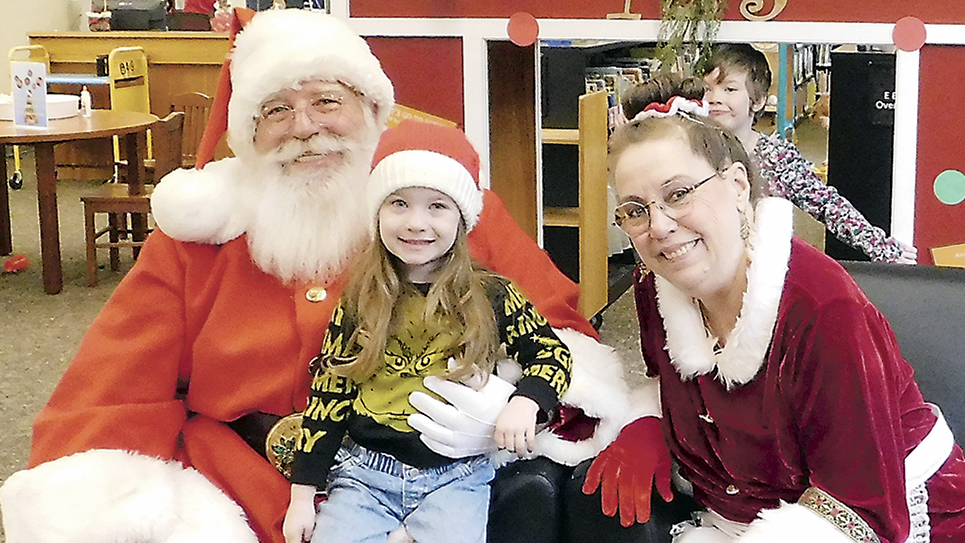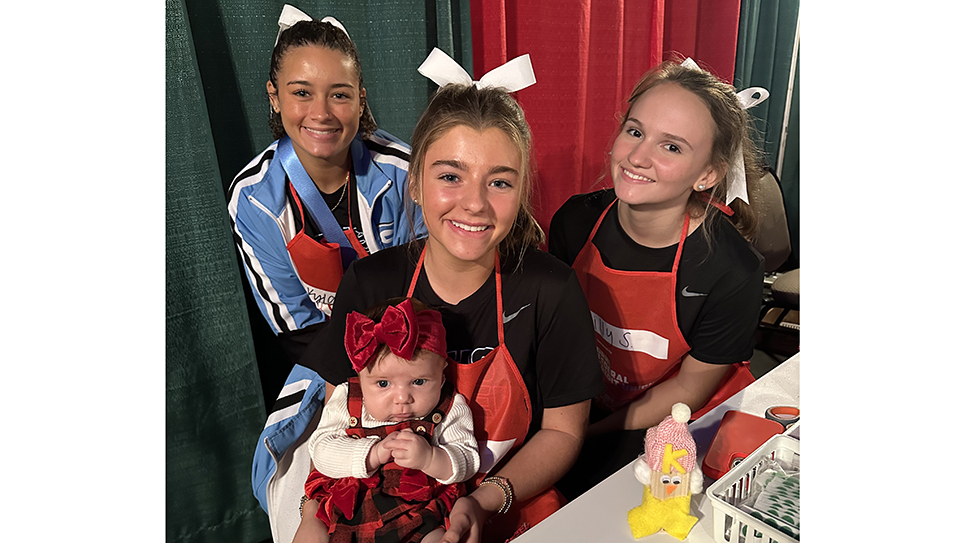I’ve observed that as I get older I like change less. I’m not the first person to make this observation, but the pace of change is like no other in my lifetime. For the first twenty-five years of my life I didn’t pay a lot of attention to politics or world events. I do remember the Cuban Missile Crisis because my parents took me out of school, and together we filled our bathtub with water in preparation for an expected nuclear attack. And I remember the Tet Offensive and Walter Cronkite reporting on the evening news that the Viet Nam War was lost – and so it was.
During the last thirty- five years I’ve refocused my attention beyond my immediate horizon and conclude nothing is like it was when I came of age. In medical school I was taught the art of physical examination and diagnosis. Everyone studied the classic textbook, DeGowin’s Diagnostic Examination, which I still own. I found my old friend as I was emptying my office book shelves. The notes in the margins were still there though faded by time.
You see, there were no CAT Scanners or panels of blood tests when I began a career in internal medicine, and you needed all your observational and clinical skills when you and your sick patient were alone in the middle of the night. There is a famous painting called The Doctor that hangs in the Tate Gallery in London. It depicts a house call, a sick child and things aren’t going well. The doctor sits like Rodin’s sculpture, The Thinker, studying the child and hoping for inspiration. Similarly, I’ve often corrected young doctors too quick with the results of an echocardiogram (ultrasound of the heart) before describing their patient’s heart sounds. My advice was to hone their clinical skills because sometimes that’s all you’ve got in the middle of the night.
I have averaged 4000 patient visits a year for the last forty years. That’s a lot of heart and belly examinations and a huge comparative data base. Some years ago a patient presented to my office with what sounded like a viral syndrome and a secondary sinus infection. I did the necessary examination of her ears, nose and throat and listened to her heart and lungs. Because she was young she seldom saw me for care, choosing instead to see her OB-GYN. Perhaps it was a gut feeling (women have intuition!) or defensive medicine that made me examine her belly and discover the mass. Fortunately, her kidney cancer was discovered before it had spread and she was cured by surgery after her sinus infection was treated. The lesson – it takes so little to be thorough.
Over the years I have led numerous medical missions in Central America. In the mountains of Guatemala there are no CAT scanners or blood tests, and the only technology is your stethoscope. When I was in Medical School the TV program MASH was popular, especially with young medical students. I thought I wanted to be a chest surgeon like Hawkeye Pierce who seemed to thrive in the crucible of trauma surgery. The Guatemalan bush is more primitive than Hawkeye’s Korea of the 1950s, yet life and death is far more real. My directive for the Americans on our mission team was that care is both a noun and a verb, but the noun is only possible if the verb comes first. Every patient had the stethoscopic symbol of American technology applied to their chest as the gift of touch and an instrument of care.
I sometimes feel that my stethoscope and my touch are no longer necessary in the New Order. These days, doctors complete patient records by checking electronic boxes on a computer screen. The record was perfect for the patient I saw last year. Her previous doctor’s examination and Pap smear did not mention the mass in her belly the size of a football. No one in the operating room believed the twenty-two pound tumor had materialized in six months. You be the judge of competency and a system that focuses on record keeping rather than care.
I’ll admit that I’ve quit looking at patient’s retinas as part of my regular exam. Perhaps I’m becoming specialized like so many other doctors, picking an organ to treat rather than a patient. Does it matter that doctors don’t routinely check their patients for hernias? I guess we should wait for a bulge in the groin or pain or an obstructed bowel. Perhaps the thorough exam I’ve done on patients all my life is not unnecessary or “cost effective” in the New Order. But how can you measure care or the value of touch? Some say it’s a well-documented medical record with all the appropriate screening tests ordered by surrogates; I say it is a verb that comes from the heart and is measured by a hand that is held and a pulse that is felt. Emily Dickinson once said that “Hope is the thing with feathers – that perches in the soul…” I might substitute the word care for hope.
Two thousand years ago The Master said, “It is not the healthy who need a doctor, but the sick” (Matthew 9:12). The New Order has turned the wisdom of the ages upside down and has institutionalized testing in the hopes of eventually reducing costs. What happens when all the money goes for fabulously expensive mandated screening tests and there’s nothing left over for the care of the old or sick?
Perhaps someone in the media should ask Obama.






